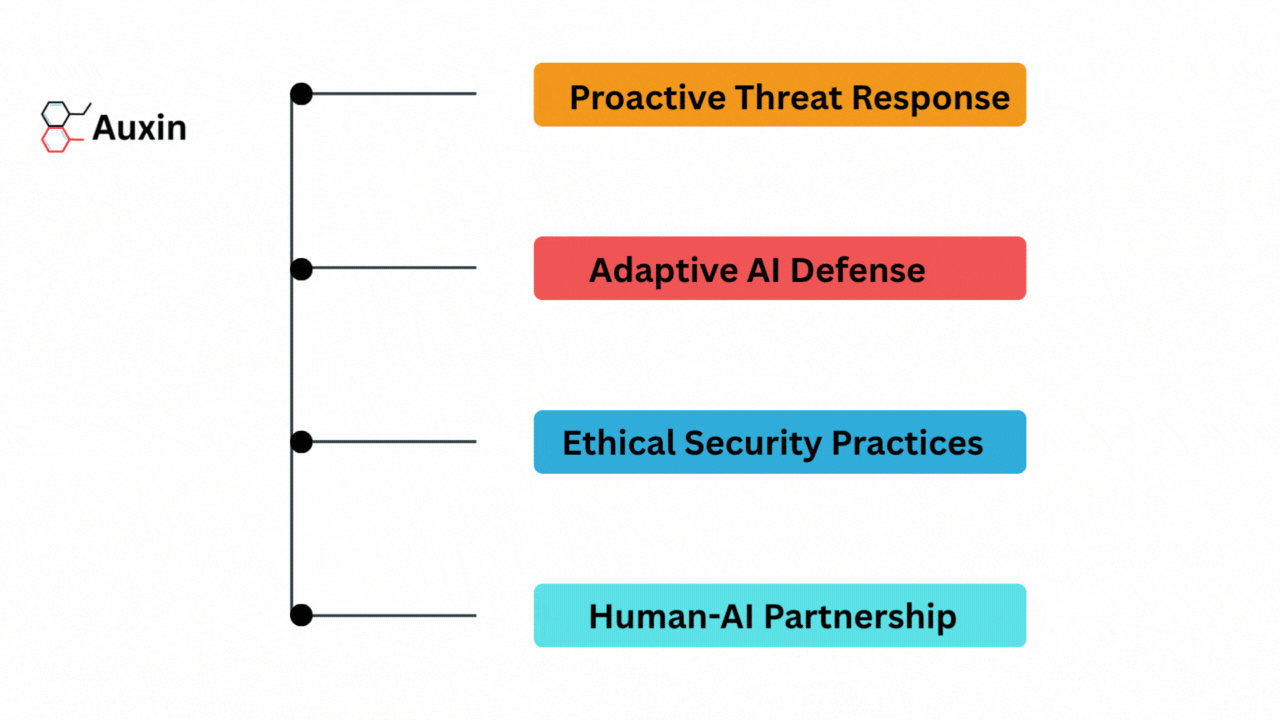Embracing Zero Trust: Transforming Cybersecurity for a Better World
In today’s rapidly evolving threat landscape, traditional perimeter-based security measures are no longer necessary to protect sensitive data and systems. Technology Review (Technology Review, 2022) highlights that Zero Trust offers a proactive and comprehensive approach to security that aligns with the evolving threat landscape.
By adopting the zero trust model, organizations can enhance their defenses, mitigate the risk of data breaches, and protect against insider threats. The model has developed as a revolutionary approach to cybersecurity, prioritizing strict access controls and continuous verification. We will explore the concept of Zero Trust, discuss Gartner’s predictions, examine the impact of implementing this model, identify the stakeholders affected, and delve into the reasons behind its growing importance for the future of cybersecurity.
Understanding the Zero Trust Model
The Zero Trust model is positioned on the principle of “trust no one, verify everything.” It challenges the conventional approach of assuming trust once inside the network perimeter. Instead, it adopts a holistic and comprehensive security strategy that treats every user, device, and network segment as potentially untrusted.
Gartner’s Predictions and Endorsement
Gartner, a principal research and advisory company, has emphasized the significance of Zero Trust in their reports and predictions. According to Gartner, by 2023, 60% of organizations will have adopted a Zero Trust model (Gartner, 2021). This endorsement underscores the growing recognition of this architecture as a critical approach to cybersecurity.
The Impact of Implementing the Zero Trust Model
Enhanced Security Posture and Protection Against Insider Threats:
By implementing the model, organizations significantly strengthen their security posture. The model enforces strict access controls, granular authentication, and incessant monitoring, reducing the attack surface and mitigating the risk of unauthorized access. It focuses on verifying and validating every user and device, minimizing the risk of insider threats. It helps identify and address anomalous behavior, ensuring only authorized individuals can access sensitive resources.

Stakeholders Affected by Zero Trust
Organizations: Implementing the Zero Trust model necessitates a comprehensive review and reconfiguration of existing security infrastructure. It impacts various organizational stakeholders, including IT departments, security teams, and employees, requiring a collective effort to embrace and integrate the model effectively.
Users: This affects end-users by introducing additional layers of security actions, such as multi-factor authentication and continuous verification. While this may require slight adjustments to user workflows, it ultimately ensures better protection of their digital identities and sensitive information.
The Importance of Zero Trust for the Future
Evolving Threat Landscape:
With the increasing sophistication of cyber threats, a perimeter-based security approach is no longer sufficient. This provides a proactive and adaptable approach to cybersecurity, continually verifying trust and reducing the risk of unauthorized access or lateral movement within networks.
Remote Workforce and Cloud Adoption:
As organizations embrace remote work and cloud technologies, traditional network boundaries are becoming less defined. This accommodates these shifts, providing a flexible and scalable security framework that adapts to dynamic environments.
Problems Solved by Zero Trust
Data Breaches: It reduces the risk of data breaches by enforcing strict access controls and minimizing lateral movement within networks. It ensures that the overall security posture remains intact even if one component is compromised.
Insider Threats: The continuous verification and monitoring aspects of Zero Trust help identify and mitigate insider threats, guaranteeing that only authorized users can access sensitive data and systems.
Wrapping Up
In my opinion, the Zero Trust model is a game-changer in the field of cybersecurity, and its significance cannot be overstated. With Gartner’s endorsement and increasing adoption by organizations, Zero Trust is poised to play a pivotal role in securing digital assets in the future. Industry leaders’ endorsement and increasing adoption of this model underscores its importance for the future of cybersecurity. With its emphasis on continuous verification and strict access controls, This empowers organizations to stay one step ahead of cyber threats and safeguard their digital assets. For more insightful blogs visit auxin.io







